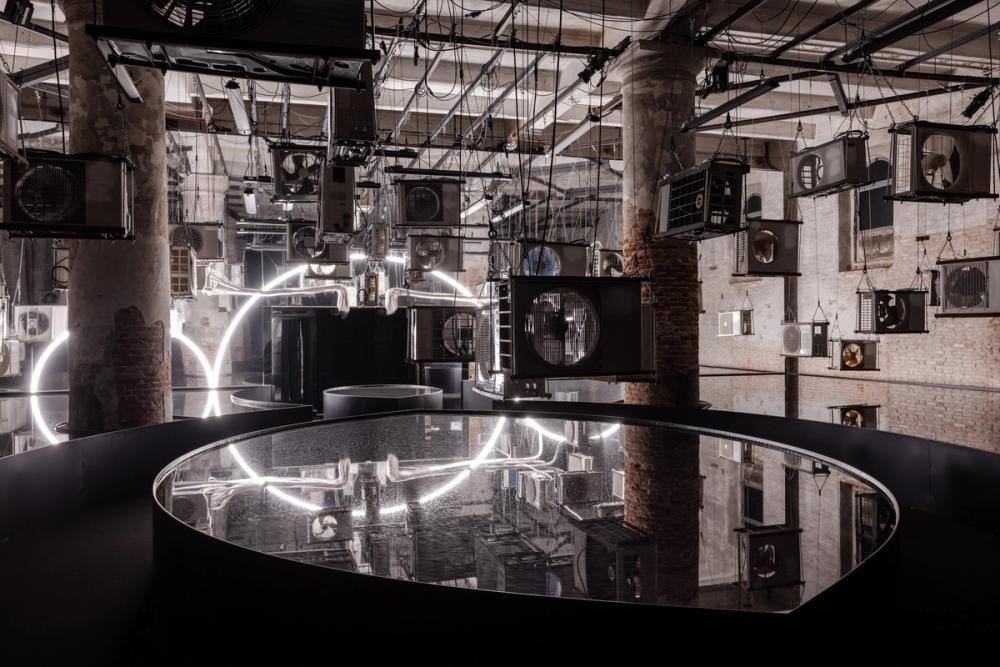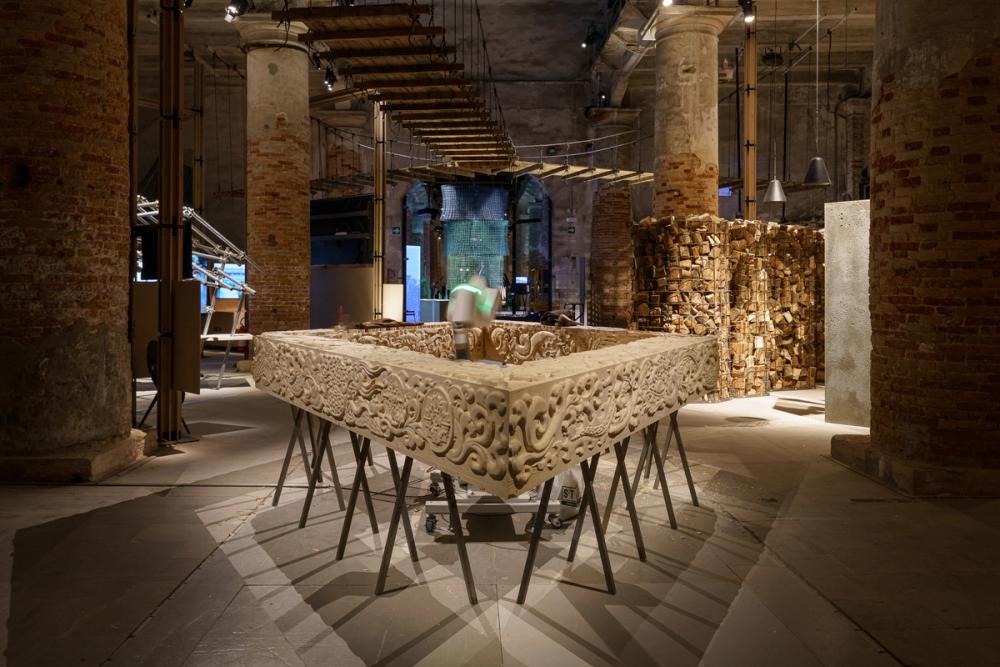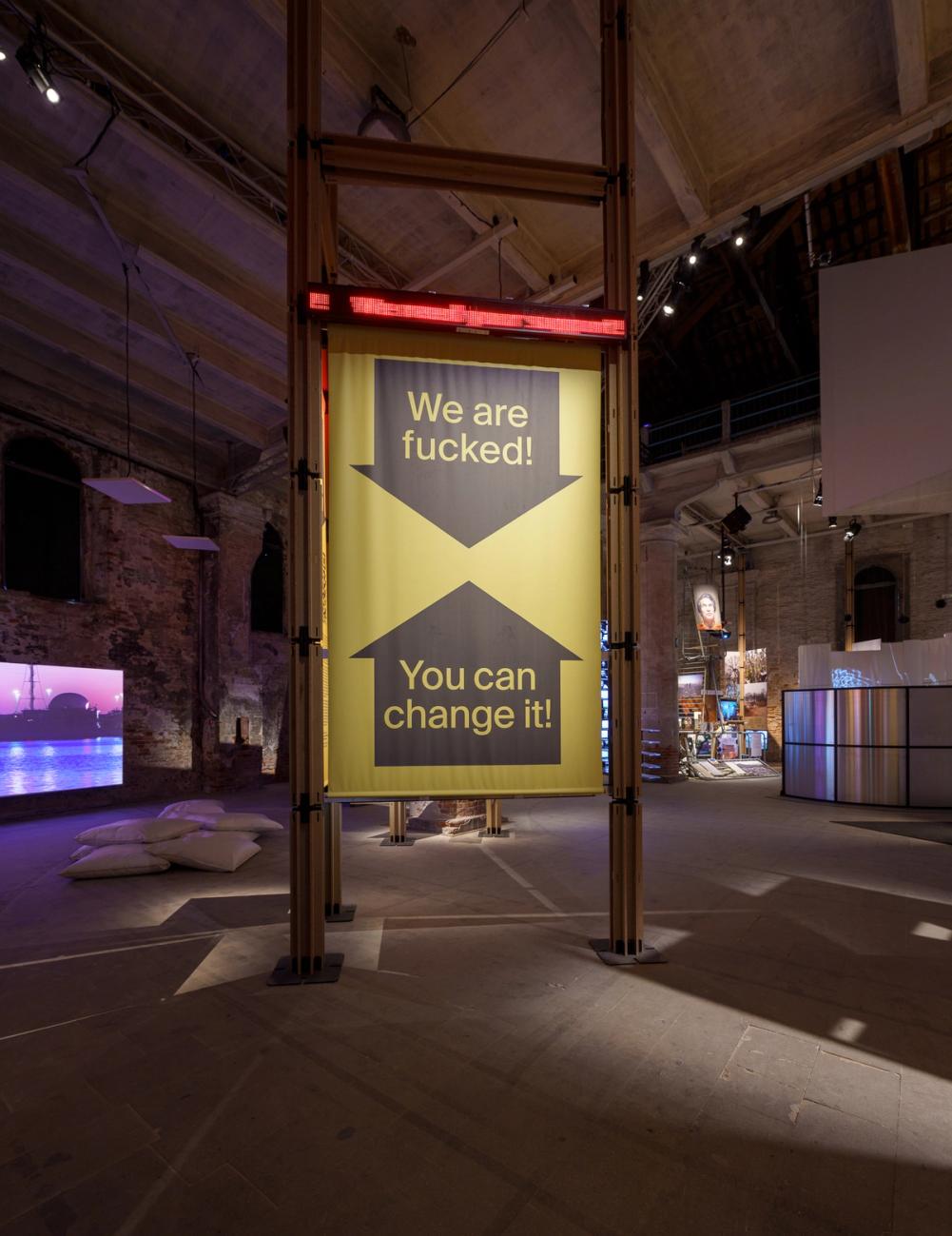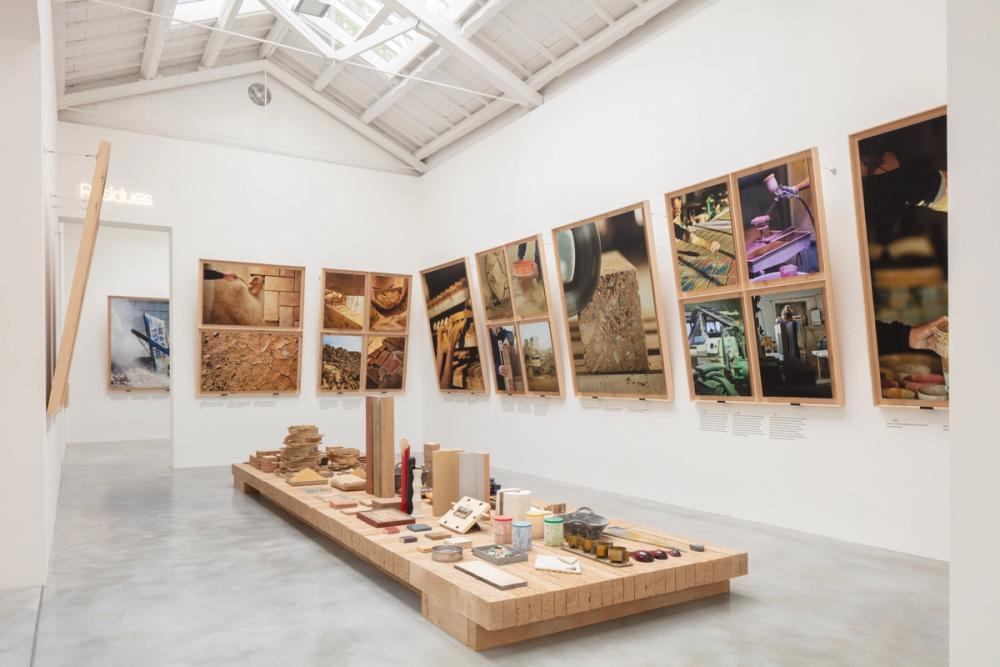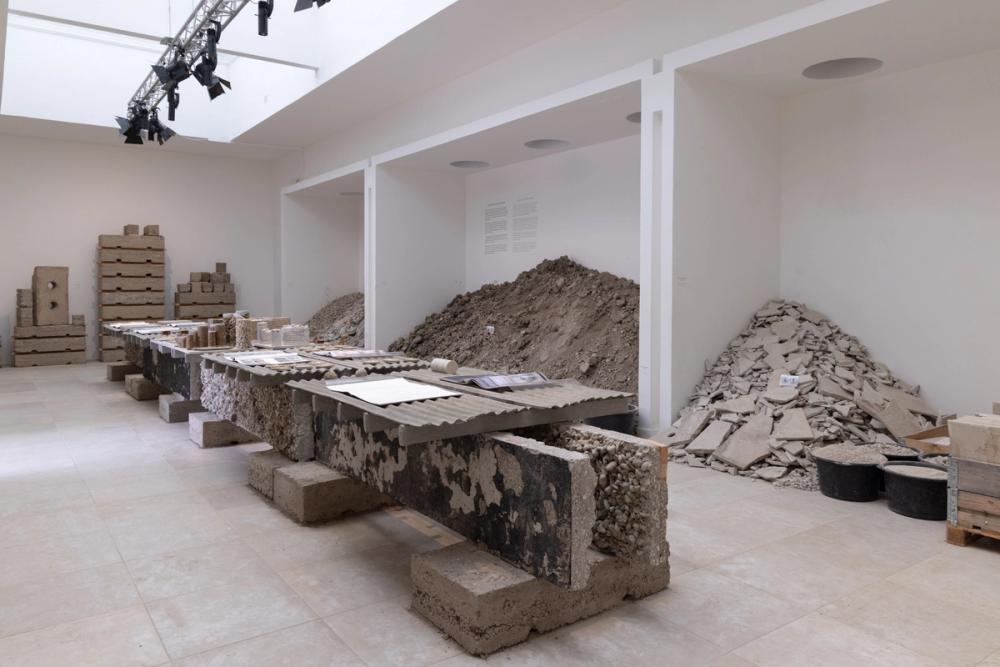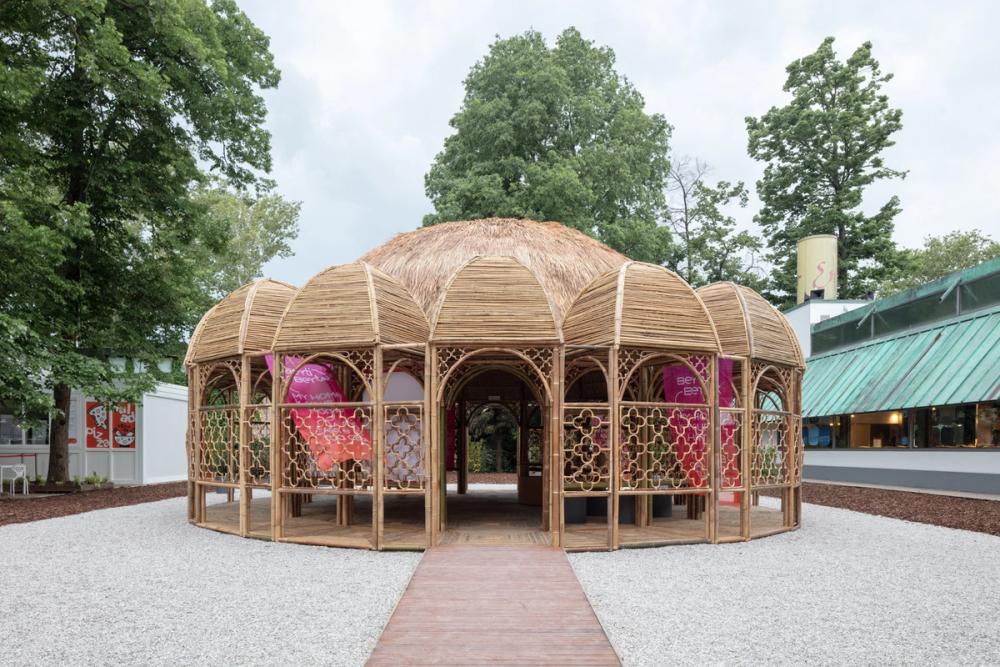More Reads
Review: Klima Biennale Wien
It's Freezing in LA! art editor and co-director Nina Carter reviews the first ever Klima Biennale Wien and finds refreshing storytelling, artist activist events and fictional speculations.
By Nina CarterKeep readingAn Interview with Olafur Eliasson
If such a position existed, Olafur Eliasson might well be appointed as the Earth’s resident artist. Growing up in rural Iceland in the early 70s, his work is profoundly influenced by the natural phenomena and landscapes of his homeland. In this legacy piece, from Issue 4, Kiddy Grady interviews Eliasson, exploring the thought behind large-scale, immersive installations, and their attempts to reconnect us to nature: Waterfalls (2008) features artificial cascades in New York’s Hudson River; Moss Wall (1994) covers a giant canvas in delicate white lichen and Green River (1998) dyes waterways bright green. His work has been described as a kind of smoke and mirrors ‘technological sublime’ that invokes the spirit of the Romantics.
By Kitty GradyKeep readingWays of Knowing: art and the mind-body split
In Western thought, the apparently immaterial ‘rational mind’ has long been isolated from, and elevated above, other ways of knowing and being. Anna Souter visits Embodied Forms: Painting Now, an exhibition at Thaddeus Ropac, to explore the possibility that art might be able to help us dissolve these boundaries, opening the doors to new ways of coming to know the climate. Edited by Elspeth Wilson.
By Anna SouterKeep reading
